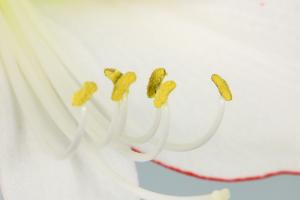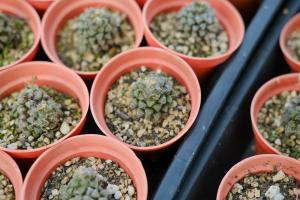A Plant Cell Model with Labels
Introduction
The plant cell is a basic unit of life that forms the building blocks of all plant organisms. A plant cell model, fully labeled, is an essential tool for students and scientists to understand the structure and function of a plant cell. In this article, we will discuss the parts of a plant cell and their functions.
The Cell Wall
The cell wall is a rigid outer layer that surrounds the plant cell membrane. Its primary function is to provide support and protection to the cell. The cell wall is composed of cellulose, which is a complex carbohydrate that provides rigidity to the plant cell. In some plant cells, the cell wall contains lignin, a complex polymer that makes the cell wall more resistant to compression and decay.
Cell Membrane
The cell membrane, also known as the plasma membrane, is a thin layer of phospholipids and proteins that surrounds the cytoplasm of a cell. Its primary function is to regulate the movement of substances in and out of the cell, maintaining an environment that is essential for cell survival. The cell membrane also plays a role in cell signaling and cell recognition.
Cytoplasm
The cytoplasm is a gel-like substance that fills the space between the cell membrane and the nucleus of a plant cell. It contains various organelles, including the mitochondria, ribosomes, and endoplasmic reticulum. The cytoplasm is responsible for serving as a medium for transporting materials within a cell and is essential for the proper functioning of organelles.
Nucleus
The nucleus is a spherical organelle that contains the genetic material of a plant cell. It is surrounded by a nuclear envelope composed of two lipid bilayer membranes. The nucleus is the control center of the cell, responsible for regulating gene expression, cell division, and DNA replication.
Chloroplasts
Chloroplasts are unique organelles found only in plant cells that are responsible for capturing energy from sunlight and converting it into chemical energy through the process of photosynthesis. Chloroplasts contain chlorophyll, a green pigment that absorbs light energy. They also contain enzymes and other molecules that are necessary for the chemical reactions of photosynthesis.
Mitochondria
Mitochondria are organelles responsible for producing energy in the form of ATP through a process called cellular respiration. They are found in most plant cells and are responsible for breaking down glucose and other nutrients to release energy. Mitochondria also contain their own DNA, which is used to manufacture proteins necessary for oxidative phosphorylation.
Vacuole
The vacuole is a large organelle found in plant cells that is responsible for storing water, nutrients, and waste products. It provides rigidity to the plant cell and can occupy up to 90% of the cell volume. The vacuole also plays a role in regulating the cell's pH and maintaining turgor pressure necessary for plant growth and development.
Conclusion
A plant cell model with labels is an essential tool for understanding the structure and function of a plant cell. The parts of a plant cell, including the cell wall, cell membrane, cytoplasm, nucleus, chloroplasts, mitochondria, and vacuole, each play a critical role in the overall functioning of the cell. By understanding these parts and their functions, we can gain a better understanding of how plants grow, develop, and function.

 how many times do yo...
how many times do yo... how many planted tre...
how many planted tre... how many pine trees ...
how many pine trees ... how many pecan trees...
how many pecan trees... how many plants comp...
how many plants comp... how many plants can ...
how many plants can ... how many plants and ...
how many plants and ... how many pepper plan...
how many pepper plan...































